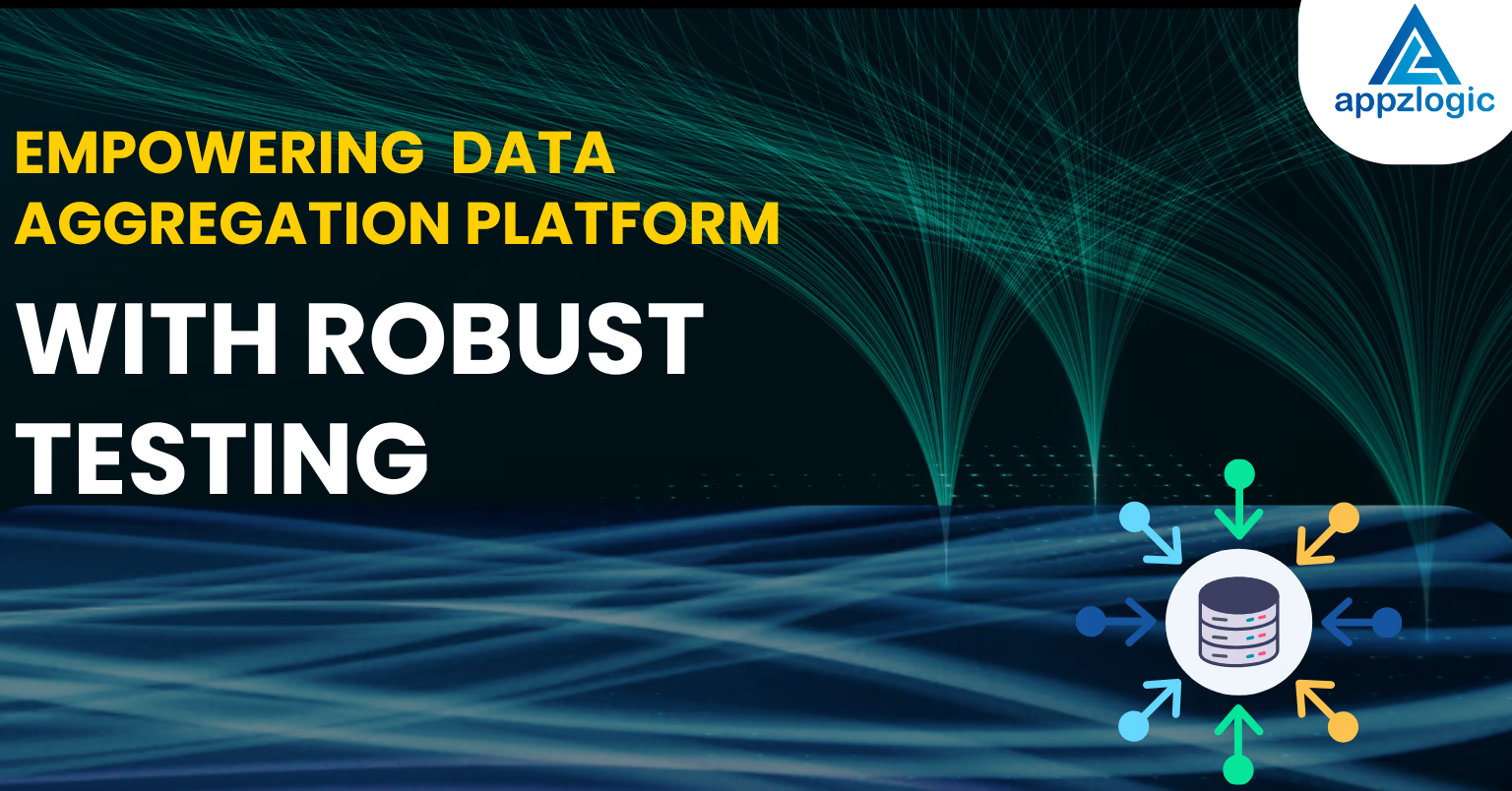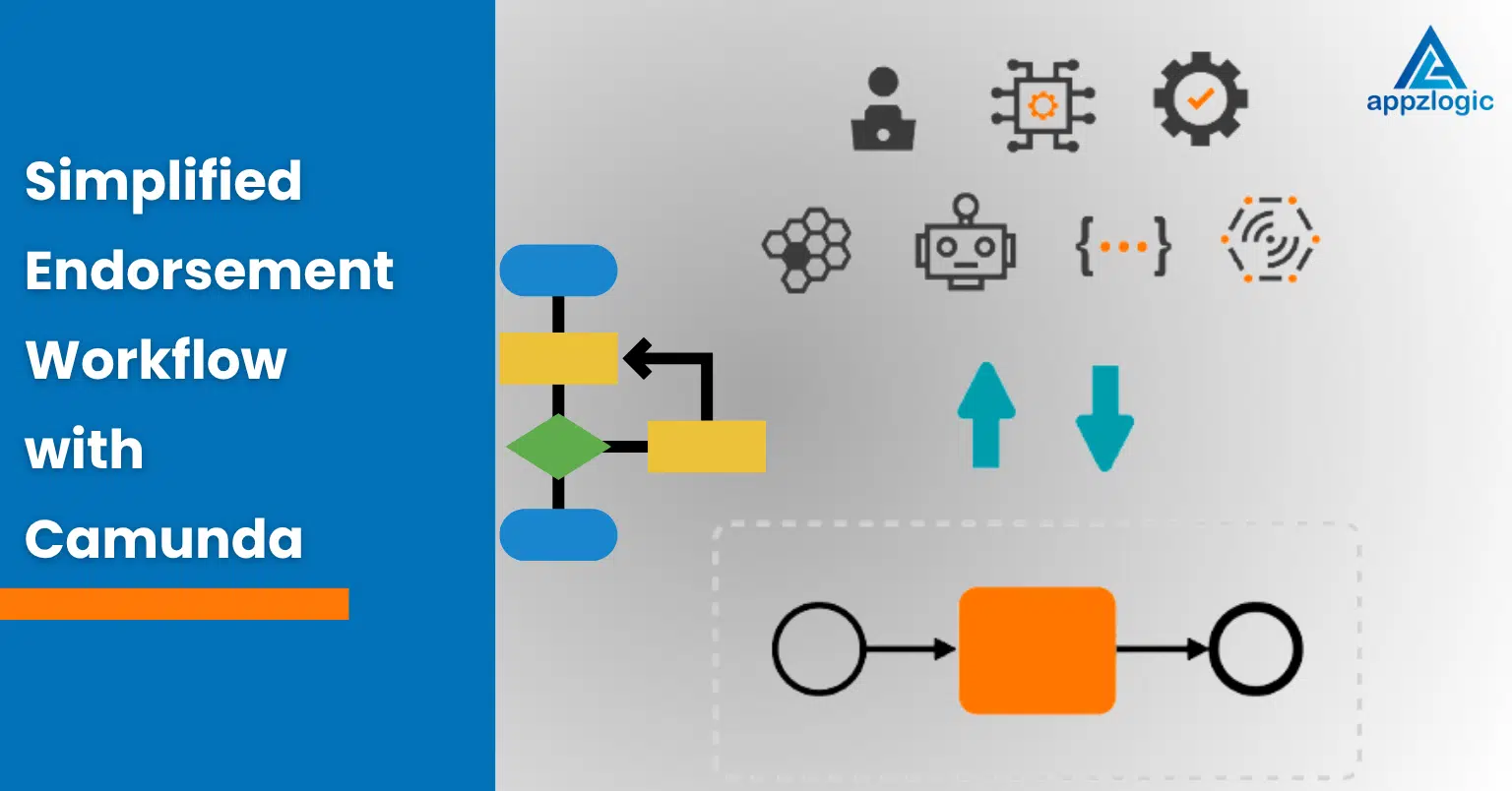Empowering Data Aggregation Platform With Robust Testing

Overview
Our client is a leading platform that helps businesses make smarter decisions by turning complex data into clear and useful insights. It collects large amounts of information from many different sources and devices like firewalls and SIEMS. It’s in a way that is easy to understand and tailored to each user’s specific needs. Operating entirely in the cloud, our client uses advanced ETL (Extract, Transform, Load) processes to gather and process data logs from multiple systems. This ensures that users get up-to-date, accurate, and meaningful information to support their strategies and goals.
What Makes Us The Partner Of Choice
As they launched their new application, they needed a reliable and scalable testing solution. They chose to collaborate with us to ensure their platform’s performance, accuracy, and stability. Our team provided a complete testing solution, including both automation and functional testing support. We also designed a custom automation framework tailored to their platform’s requirements.
Our Testing Approach
We handled various forms of testing such as sanity, smoke, functional, manual, and regression testing. Once the manual testing was streamlined, we moved to automation by identifying high-priority modules for automated coverage. We automated both UI and API test cases to ensure complete validation of workflows. Business Intelligence (BI) projects often fail 70-80% according to Gartner largely due to poor data quality and outdated manual ETL testing. As data volumes grow and release cycles accelerate, manual processes can’t keep up, risking customer trust, brand reputation, data security, and the success of digital transformation efforts.
Manual Testing Results
- Requirement Analysis
We began by gathering and thoroughly understanding the product requirements. This helped us gain a clear view of the application’s purpose, key features, and intended functionality. - Scope Definition
We refined the testing scope to determine what should and should not be tested, selecting the most suitable testing mechanisms to ensure effective coverage. - Test Case Design
Based on the requirements, we designed both positive and negative test cases to validate different scenarios and ensure comprehensive testing. - Test Execution
Test cases were executed systematically by following defined steps. We compared expected outcomes with actual results to ensure correctness and consistency. - Defect Logging
Any identified issues were logged in JIRA, with detailed bug reports raised for the development team to address. - Outcome
As a result of this structured manual testing approach, we achieved a high-quality product with reliable and accurate performance. At Appzlogic we provide Testing services to help our clients for smooth functioning.
Our team ran daily regression suite and shared test results with the client, ensuring continuous feedback and confidence in every release cycle.
Automation Testing Result
Through automation, we successfully reduced manual testing efforts by 60%. We automated data validation across multiple cloud services like AWS S3, AWS EC2, Azure Blob Storage, and Azure Sentinel. In addition, we created modular and end-to-end automated test cases that significantly improved test efficiency and coverage.
Read about: ETL data validation practices for HBS
Source Data Flow Overview

These events flowed through the volume controller and were distributed across multiple processing nodes, with one rule node actively handling 1 event. The transformation stage processed 1 event, which was then successfully delivered to the Raw-S3-1 destination. This streamlined flow highlights a well-structured and reliable data processing pipeline.
Centralized Data Operations Briefly
The Data Command Center showcases a well-orchestrated flow of data with 2,724 sources feeding into 3,520 pipelines, resulting in 98.4k events ingested and 21.3 MB of log data processed, all at an average rate of 1 EPS (event per second). Every connected destination received 100% of the expected data with zero loss. Additionally, 51 devices were newly discovered and connected, with no pending actions. This dashboard reflects a highly efficient and reliable data pipeline system in action.
Smooth and Reliable Data Flow
The source TC-DATAGENERATOR-SOURCE-STATUS-1745290102 is working well and is active. It collected 9.36k events and processed 933 KB of data. All events were successfully delivered to the Sandbox with no data loss. The graph shows a steady flow of data over time, proving the system is running smoothly and efficiently.
Tools and Framework Used
- We used Python along with the Pytest framework to write and manage our test scripts. Pytest provided a clean and scalable structure for writing unit and functional tests, with support for fixtures and easy integration.
- For API testing, we used RequestLibrary, which helped us perform various HTTP requests and validate responses, making it efficient to test RESTful endpoints.
- On the UI automation side, we implemented Selenium to automate browser interactions. This allowed us to simulate user actions and verify the front-end behavior across different browsers.
- We managed our code with GitHub, while GitHub Actions enabled us to automate our CI/CD workflows, including test execution and code quality checks, triggered by code changes or pull requests.
- To work with cloud services, we used Boto3, the AWS SDK for Python, which allowed us to interact with AWS resources like S3 and EC2 for tasks like environment setup and test data handling.
- Lastly, we used Paramiko to establish SSH connections with remote systems. This was useful for executing commands, managing services, and collecting logs from non-cloud environments.
Conclusion
Our partnership with the client empowered their data aggregation platform with reliable, fast, and scalable testing. By combining smart manual processes with targeted automation, we helped them save time, reduce effort, and increase test accuracy, laying a solid foundation for their growth and innovation.




